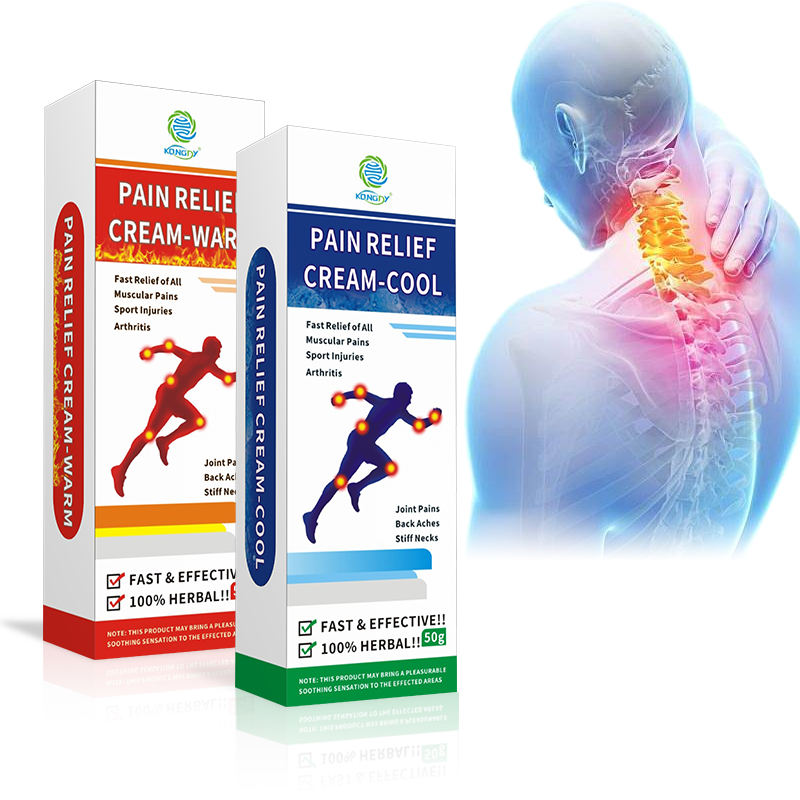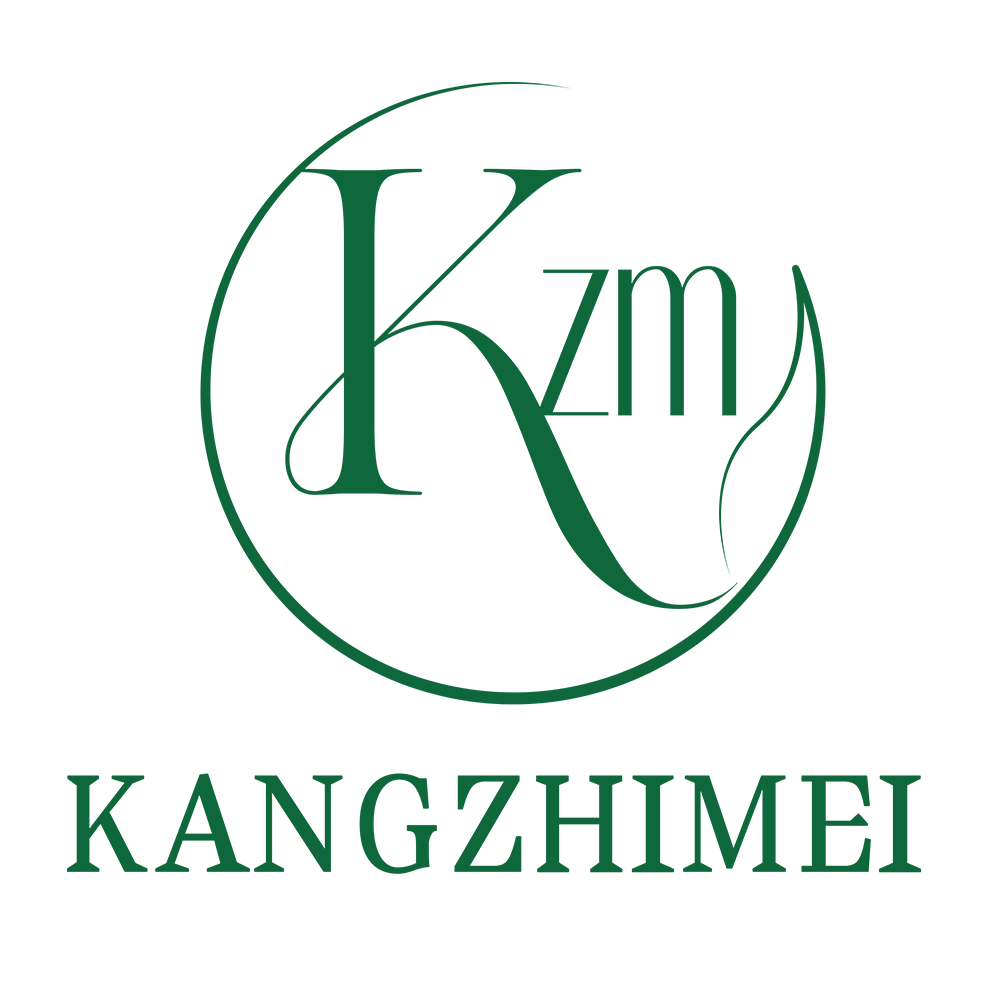Pain relief creams are formulated to provide effective topical analgesia while adhering to strict production guidelines. Understanding their manufacturing process helps consumers choose safe, reliable products.
Production Process:
Ingredient Selection – Only pharmaceutical-grade or naturally sourced components (e.g., lidocaine, methyl salicylate, or herbal extracts) are used.
Precision Blending – Active and inactive ingredients are carefully measured and mixed under controlled conditions to ensure consistency.
Sterile Manufacturing – Creams are produced in hygienic, ISO-certified facilities to prevent contamination.

Quality Assurance Measures:
Third-Party Testing – Independent labs verify ingredient concentrations and screen for heavy metals or microbial impurities.
Stability Testing – Ensures the cream maintains effectiveness over its shelf life.
Skin Safety Tests – Patch tests confirm the product is non-irritating for most users.
Why Standards Matter:
Consumers should look for pain relief creams that meet international regulatory requirements (e.g., FDA, CE, or Health Canada approvals). These certifications guarantee that the product is both safe and effective for relieving muscle and joint pain.
By choosing a well-manufactured pain relief cream, users can trust its performance and minimize risks of adverse reactions.






